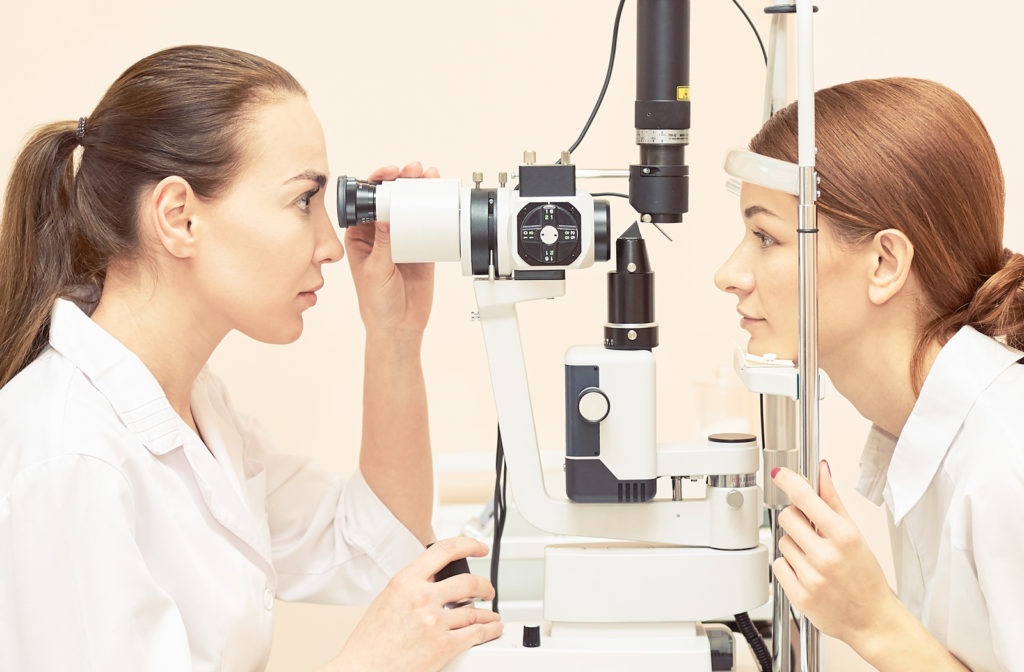Comprehensive eye exams are a vital aspect of maintaining overall eye health and preventing vision-related issues. Optometrists perform these thorough exams to assess the health of the eyes, detect early signs of eye diseases, and evaluate visual acuity.
CPT code 92014 plays a crucial role in billing for these exams, ensuring that healthcare providers are properly reimbursed for the time and expertise spent during patient consultations. Understanding this code, its clinical applications, and the correct billing procedures is essential for optometrists to maintain compliance and optimize revenue.
What is CPT Code 92014?
CPT code 92014 is used to bill for eye exams, typically performed during an established patient visit. This test includes a detailed evaluation of the patient’s visual health, covering both the internal and external structure of the eyes, as well as testing for visual acuity, depth perception, and eye movement. It is typically used for patients who have been previously evaluated and have established medical histories with their optometrist.
During this exam, the optometrist may use various diagnostic tools to check for conditions such as glaucoma, macular degeneration, diabetic retinopathy, and other eye diseases. The comprehensive nature of the test allows optometrists to deliver a thorough assessment, enabling early detection and timely intervention for potential vision problems.

Clinical Applications of CPT Code 92014
CPT code 92014 is widely used in optometry for a range of clinical applications, including:
- Routine eye health assessments for patients who have already been seen by the optometrist.
- Evaluation of visual changes or complaints, such as blurry vision or headaches.
- Ongoing monitoring for patients with chronic eye conditions like glaucoma or cataracts.
- Detection of systemic diseases with ocular manifestations, such as diabetes or hypertension.
For patients experiencing symptoms like eye strain, blurred vision, or discomfort, this comprehensive exam helps optometrists diagnose the underlying cause. Additionally, it plays a key role in assessing visual development in children or monitoring aging patients for conditions such as presbyopia or age-related macular degeneration.
Billing and Reimbursement for CPT Code 92014
Proper coding and documentation are critical when billing for CPT code 92014 to ensure that optometrists receive appropriate reimbursement. To optimize the billing process, providers must ensure that the medical necessity of the exam is clearly documented. When billing for CPT 92014, optometrists should:
- Include supporting ICD-10 diagnosis codes, such as:
- H52.9 – Unspecified refractive error
- H40.9 – Glaucoma, unspecified
- E11.9 – Type 2 diabetes mellitus without complications (if diabetes is relevant to the exam)
- Ensure that the patient’s history, symptoms, and any additional treatments or tests conducted during the visit are properly documented.
- Pay attention to payer-specific policies and frequency limitations for comprehensive eye exams, as some insurance plans may only reimburse for certain exams a specific number of times per year.
It’s also crucial to verify the specific requirements set by insurance providers to avoid claim denials and reduce administrative burdens. Proper billing practices help improve efficiency and ensure timely reimbursement, allowing optometrists to focus more on providing quality patient care.
Documentation and Billing Considerations
Accurate documentation and detailed billing are essential for securing proper reimbursement for comprehensive eye exams. Key considerations include:
- The date of service and duration of the exam
- The specific tests performed during the exam (e.g., visual acuity, tonometry, dilation, etc.)
- A clear description of the patient’s symptoms and medical history
- Any follow-up procedures or treatment plans that were discussed or recommended during the visit
By ensuring all aspects of the exam are well-documented and correctly coded, optometrists can streamline the billing process and reduce the likelihood of claim denials.

Conclusion
CPT code 92014 is essential for comprehensive eye exams in optometry, allowing providers to deliver thorough evaluations and ensure proper reimbursement. By following accurate billing and documentation practices, optometrists can optimize their revenue cycle, reduce administrative challenges, and focus on delivering exceptional care to their patients.
Our optometry billing services will help streamline your practice’s revenue cycle, ensuring correct coding, compliance with insurance policies, and timely reimbursement. With efficient billing systems in place, optometrists can devote more time to patient care while maintaining financial stability.

With a strong background in the marketing industry and healthcare leadership roles, Filip is responsible for CLICKVISIONBPO’s sales strategies and onboarding new clients. With a passion for sharing insights gained from his experience, he also shares valuable knowledge through industry related articles.
